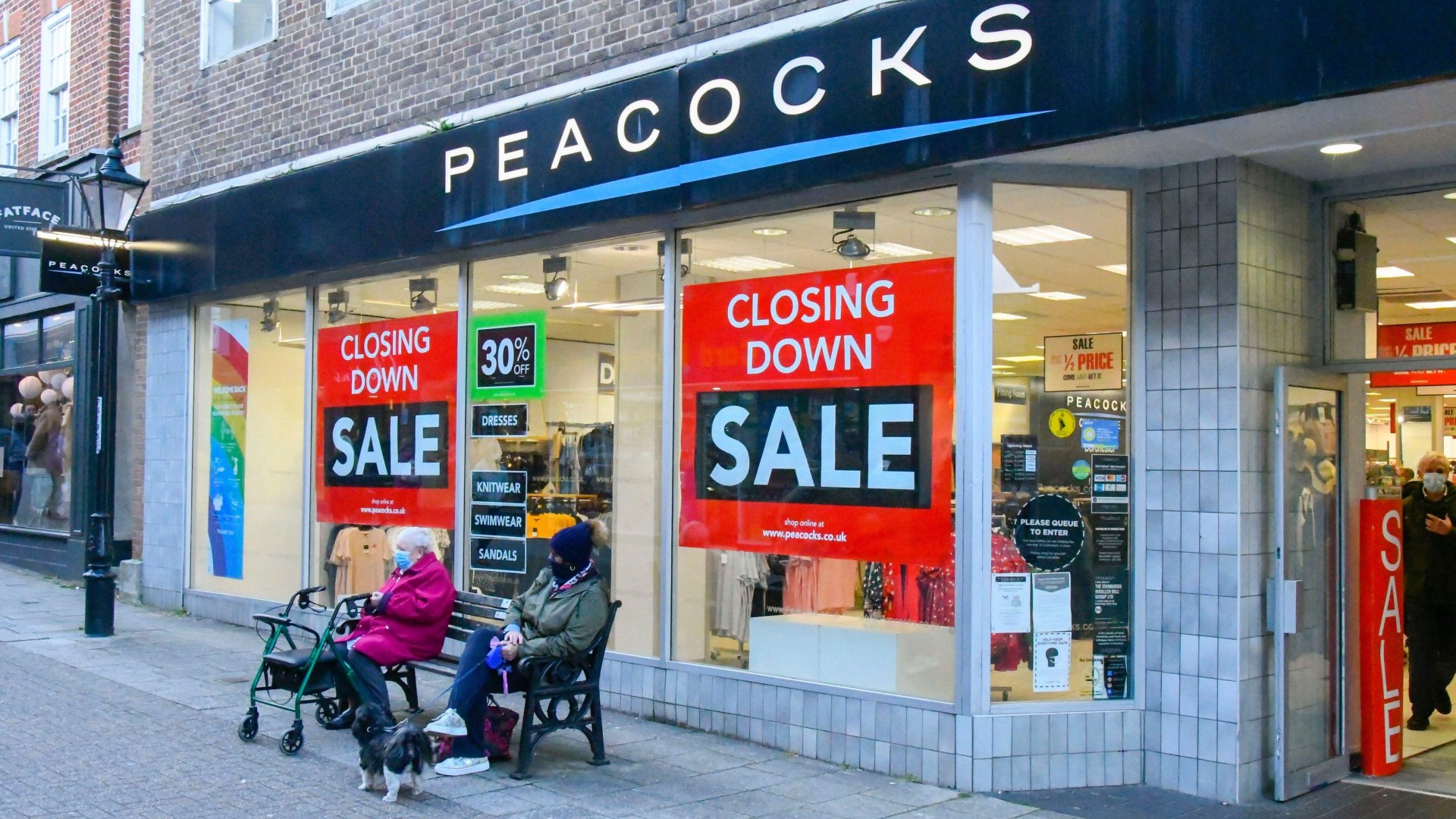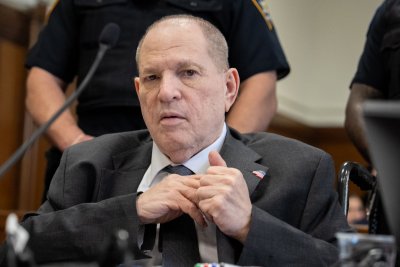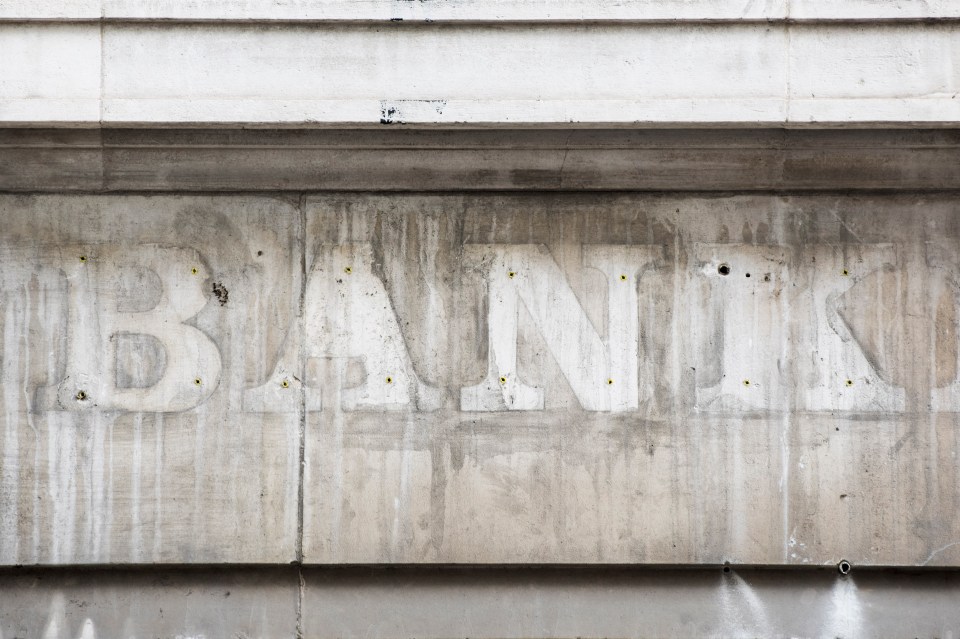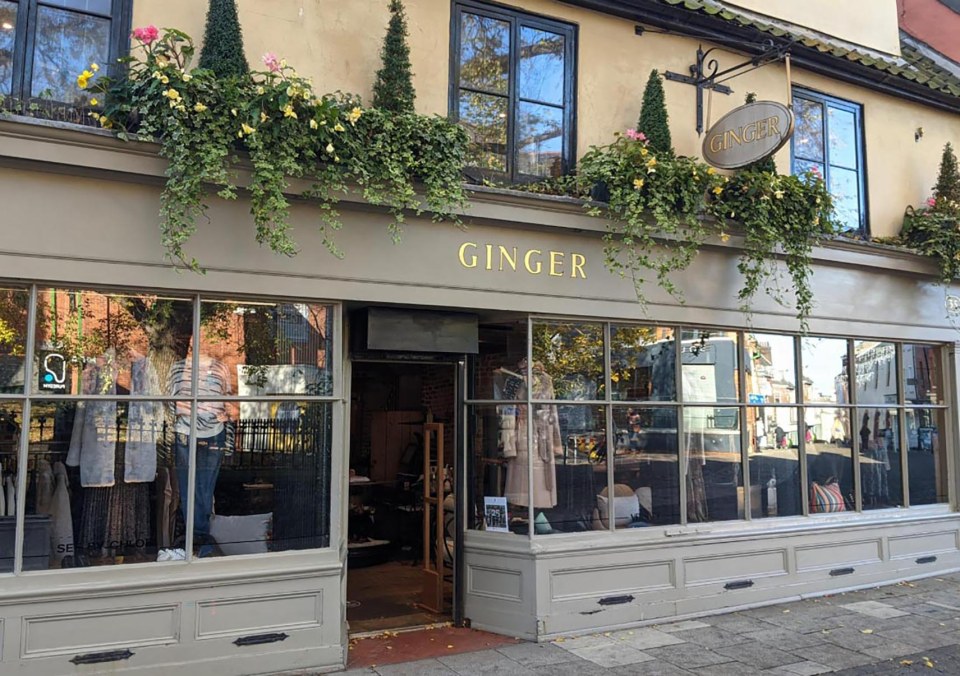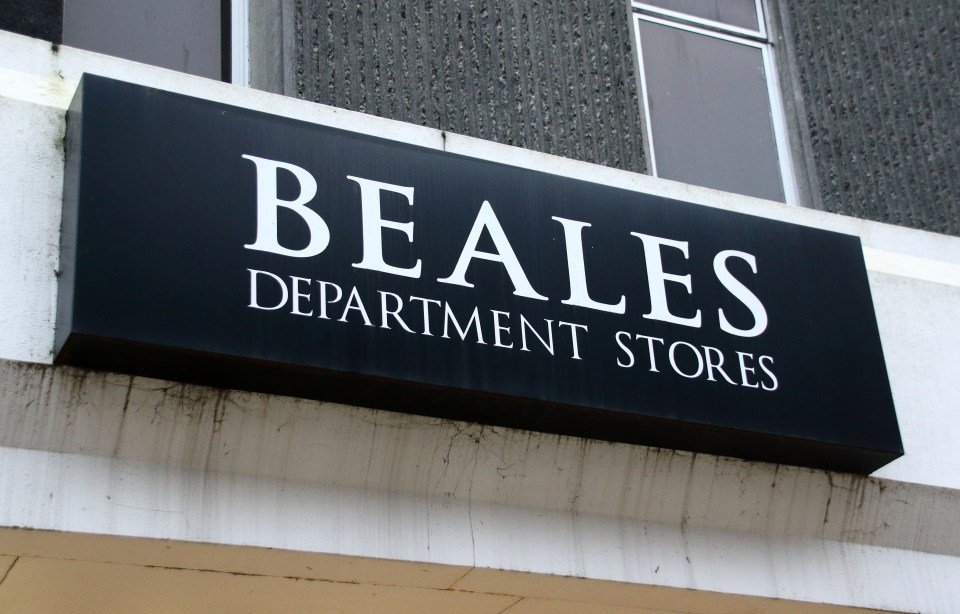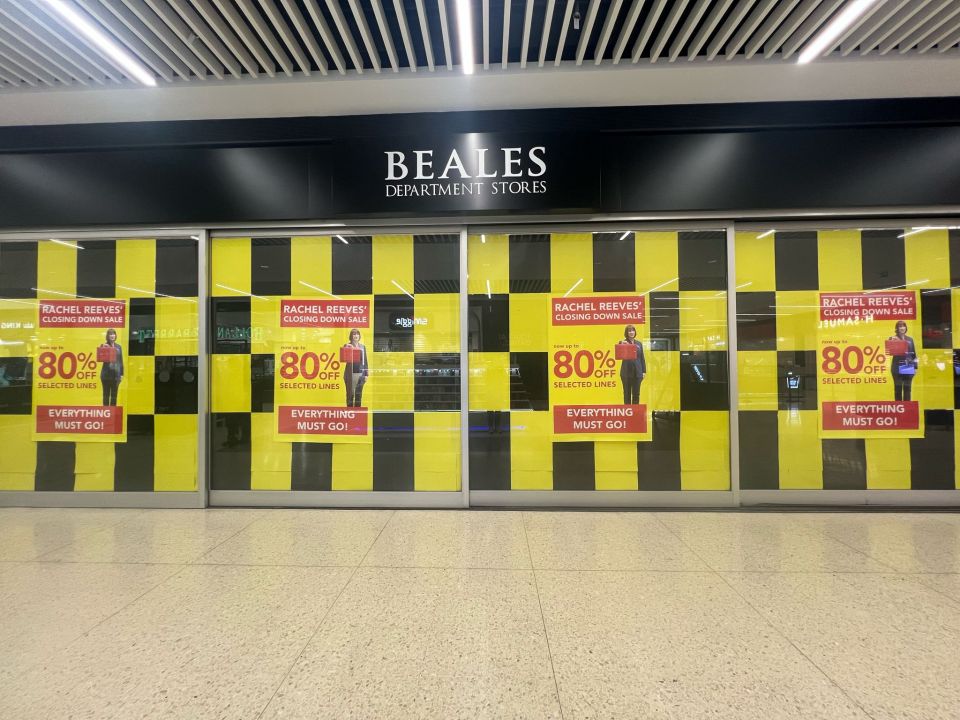Peacocks launches huge clearance sale ahead of closing much-loved shop
Fabulous’ Fashion Director, Tracey Lea Sayer shares her thoughts.
I WAS 10 when I first discovered the utter joy of high-street shopping for clothes with my mum and nan.
Going into town on Saturday became a family tradition – a girls’ day out we would look forward to all week.
My mum’s favourite shop was M&S, where she would gaze at jackets with big shoulder pads and floral sundresses, while my nan would make a beeline for John Lewis and their classic coats and elegant court shoes.
I was all over Tammy Girl – Etam’s little sister – and Chelsea Girl, which was later rebranded to high-street fave River Island.
I would spend hours in the changing rooms, watched keenly by my two cheerleaders, who gave the thumbs up – or thumbs down – on what I was trying on.
Frilly ra-ra skirts, duster coats, polka dot leggings, puff balls, boob tubes… I tried them all, often making my nan howl with laughter.
Fashion wasn’t so fast back in the 1980s and every item was cherished and worn until it fell apart – literally – at the seams.
At 18, I went to art college and my tastes became more refined.
Extra cash from a part-time job in a bar meant I could move on to slightly more expensive stores, like Warehouse, Miss Selfridge and the mecca that was Topshop.
I knew at this point I wanted to work in fashion because the high street had totally seduced me.
One day, I wrote an article for a competition in a glossy mag about my love of retail therapy and my favourite LBD – and I won!
That led me to where I am today – Fashion Director of Fabulous.
It’s not just me that loves the high street – big-name designers are fans, too. When Cool Britannia hit in the ’90s, they all turned up in one big store.
Designers at Debenhams was a stroke of genius by Debenhams CEO Belinda Earl, designer Ben de Lisi and fashion director Spencer Hawken, who introduced diffusion ranges from John Rocha, Matthew Williamson and Betty Jackson, to name a few.
This meant we could all afford a bit of luxury and wear a well-known designer’s signature style.
Years later, I hosted a night with Debenhams and Fabulous for 250 readers, who were in awe meeting all the designers. It was a real career highlight for me.
In 2004, H&M started rolling out their international designer collabs.
Karl Lagerfeld was first, followed by Roberto Cavalli, Marni, Stella McCartney, Maison Martin Margiela, Sonia Rykiel, Comme des Garçons, Balmain, Versace and many, many more. I could barely contain myself!
Then in 2007, Kate Moss launched her first collection with Topshop, with thousands queuing along London’s Oxford Street.
I remember sitting behind Ms Moss and Topshop boss Philip Green at a London Fashion Week Topshop Unique catwalk show.
I had my three-year-old daughter, Frankie, in tow and we both made the news the next day after we were papped behind Kate, my supermodel girl crush.
At the time, the high street was on fire. Who needed designer buys when Mango stocked tin foil trousers just like the designer Isabel Marant ones and you could buy a bit of Barbara Hulanicki’s legendary brand Biba from Topshop?
High street stores even started to storm London Fashion week.
Although Topshop Unique had shown collections since 2001, in 2013 River Island showed its first collection in collaboration with global superstar Rihanna, who was flown in by a friend of mine on a private jet. KER-CHING!
A whole new generation of high profile high street collabs followed.
Beyoncé created Ivy Park with Topshop’s Philip Green and I even flew to LA for Fabulous to shoot the Kardashian sisters in their bodycon “Kollection” for Dorothy Perkins.
I am pleased to say they were the absolute dream cover stars.
Fast forward to 2024 and while the high street doesn’t look exactly like it did pre-Covid, it has made a gallant comeback.
Stores like M&S, Reserved and Zara, and designer collabs like Victoria Beckham X Mango and Rochelle Humes for Next are giving me all the feels.
The supermarkets have really come into their own, too, smashing it with gorgeous collections that look expensive, but at prices that still allow us to afford the weekly shop.
The last 30 years of high street fashion have been one big adventure for me. Bring on the next 30!
